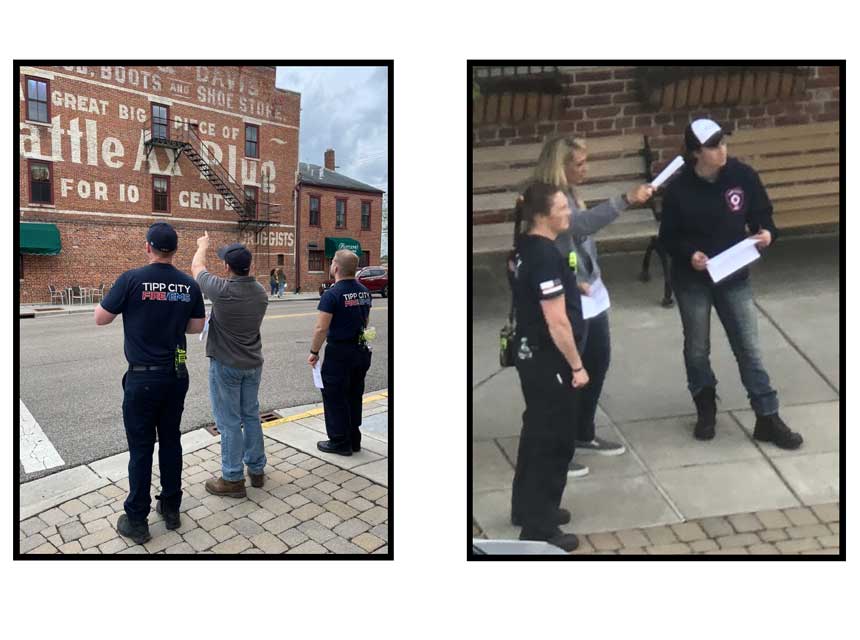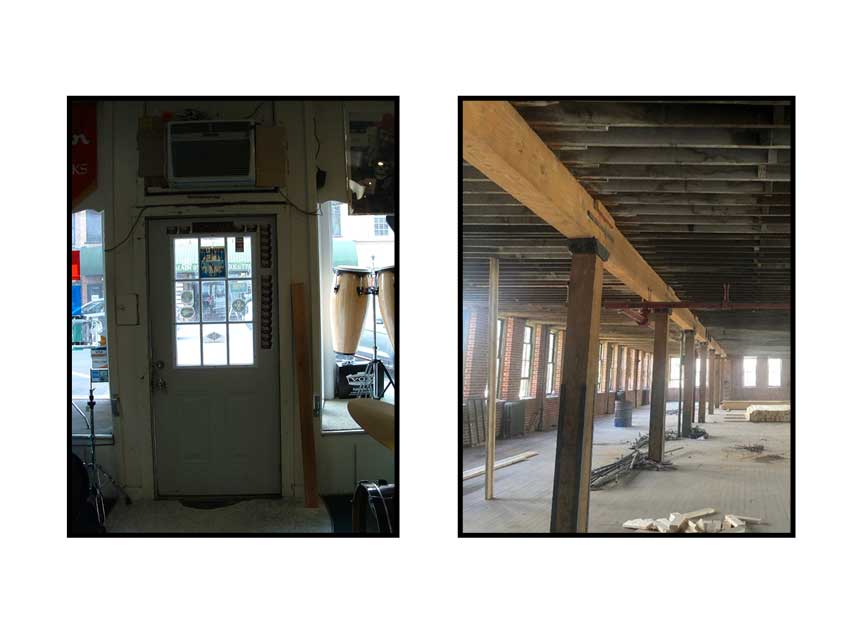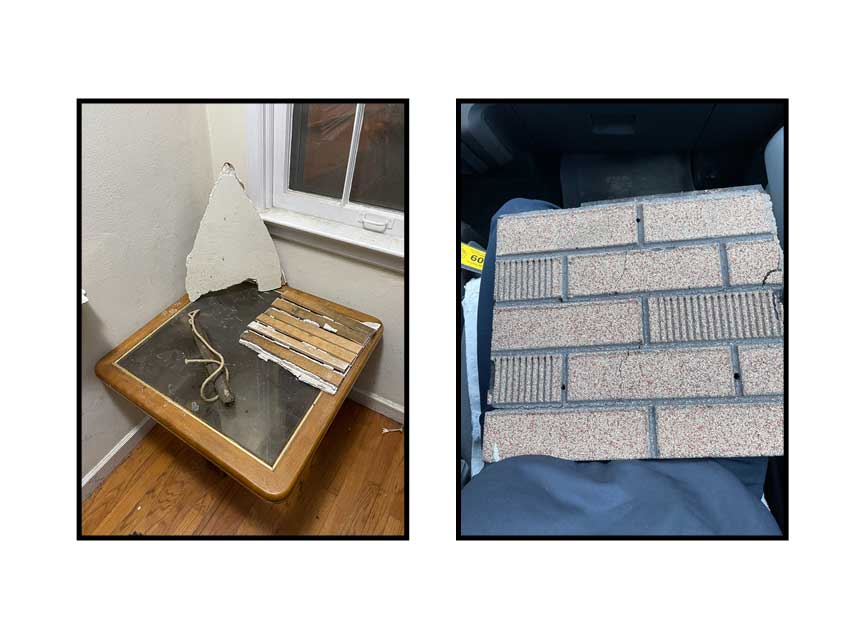By Chris Tobin and Alexis Shady
Today’s fire service is overburdened with mission creep, training constraints, and struggling recruitment. In the era of declining fire, how do we stay competent in our knowledge of building construction? Fire departments must figure out how to address the widening knowledge gap, in particular on legacy buildings and how to create interest in the younger generation. Where do we begin? Where do we turn when the newest texts have it wrong, or barely cover it at all? How do we expect the incoming generation to learn when we don’t provide them with the tools to succeed?
In many ways, new firefighters are set up for failure in terms of building construction due to a culmination of factors listed above. The primary one is the lack of a practical application of the knowledge acquired. Instead of being used on the street, initial building construction is typically nothing more than words in a book or bullet points learned in an effort to pass an exam. This in addition to overemphasis on modern lightweight construction leaves a large gap of knowledge concerning legacy buildings.
When you leave the fire academy, you’re often told the two things you need to continue to study the most are fire behavior and building construction. However when our recruits step in the firehouse, we often switch their focus to more “flashy” trainings such as RIT, search, stretching lines, forcible entry…the list goes on. None of these skills matter if you don’t understand the box you’re standing in. There’s a saying that “all fires are the same,” which is true until you put one in a building. We must understand the materials and hazards inherent to the construction in order to develop strategic foreseeability on the fireground.
The science behind training tells us the best way to learn is through “repetition,” but how do we accomplish that with building construction? Through visual, tactile, and kinesthetic learning. Visual learning is the first and easiest way. This is to simply get in the buildings and on the streets. Once there, we must identify the problem we’re learning to solve. Adults do not want to learn something until it addresses an issue, and that issue is simply being aware of your environment and having the required knowledge to properly perceive details.
We all know that part of the issue when it comes to training is the increase in run volume of non-fire related calls. Instead of complaining, use them. If you’re already out in the streets, you’ve done the hardest part: getting your guys up and out the door. Take a few minutes to size up the building construction. Ask your firefighters to tell you what they see. We’re not aiming for a fireground size-up here, but rather for what features they notice in the building. Some things to look for are the location of entrances, stairs, collapse risks, roof types, bars, etc. Does this street have basements, half-stories, brick, or frame? Quiz them on the parts of a building: What is the bottom of a window called? What are the common void spaces found in a Type lll flat roof?
Launching a KbyG Mentality on Gathering Building Intelligence
Killer in the Attic: Fire Operations in Half-Stories
The Fog of the Fireground: Know Your Buildings
Lightweight Apartment Building Fires: Heavyweight Realities

The next step is to schedule walk-throughs of your buildings. Notice that these are different from an inspection. An inspection is more for the owner/occupant and codes than for the firefighter. The purpose of a walk-through is for the firefighters. This is the opportunity to point out construction features and hazards. This is also a chance for senior guys to point out the rehabs to legacy buildings and talk about the history of the town. Maybe this building used to have transom windows, but they were enclosed after a previous fire. Take advantage of this time to allow each member to point out the things they see. One may only be able to tell you that they’re looking at a brick wall. The other may be able to show you how to tell the difference between cockloft vents and scuppers. The more you do this, the more they’ll start to notice.

Tactile aids are also extremely helpful in understanding construction. There’s a saying that goes: “It takes two bricks to kill a firefighter—one to knock off his helmet, the other to kill him.” You’d be amazed how many people have never touched a brick. Hand your new kid a brick, so he can actually understand the weight that can collapse down on him. Find an old anchor strap, so they can truly understand the difference between that and a wall-tie. Have them hold a legacy 2×4 and a lightweight 2×4 side by side so they can appreciate the difference. Having their “hands” on the building will help them connect what they’ve been taught in class, what they saw on the streets, and the material itself.

Finally, it’s been said a million times, the best way to acquire a skill is through kinesthetic or hands-on training. But how do we accomplish this in building construction? Through acquired structures. The opportunity to burn one is fantastic, but not a requirement. We can learn a lot with an empty building, no fire, and some hand tools. Regardless if you choose to burn it or not, take the opportunity to open it up first. But don’t just send your members in with tools and let them freelance overhaul. Move with a purpose. Tell your members to “trim a window” or to “clear two stud bays.” Have them find the “wet wall” in the bathroom and clear the gutters (and more importantly the flashing) to see the void in the roofline. Show them what a window balance is and how large a knee wall void can be. Overhaul is becoming a lost art, so take this opportunity to both learn the parts of a building and perfect their movements with the tools.
CHRISTOPHER TOBIN is a firefighter assigned to St. Louis (MO) Fire Department Rescue 2.
ALEXIS SHADY is a firefighter/paramedic with the Richmond Heights (MO) Fire Department.
MORE CHRIS TOBIN AND LEX SHADY
Main Street Memo: Fire Cut Beams

